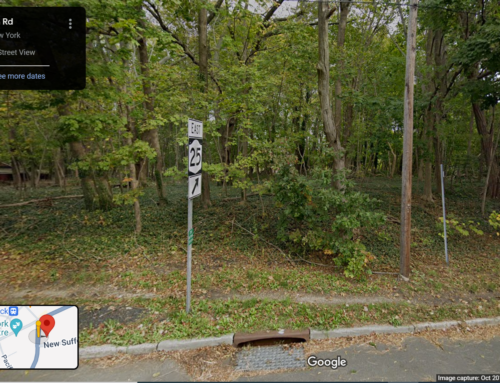
Across the country, several ideas are being floated concerning the use of eminent domain to enhance the inventory of low-income housing. For instance, some are advocating that it be used to have owners and operators of already-existing rent controlled properties to extend such controls into the future, even though under prior agreements they may be set to expire. Others are suggesting that the power be invoked to condemn existing multi-use properties like apartment buildings (some of which are currently housing homeless populations pursuant to rental agreements with public bodies), after which they can be permanently converted into mandated affordable dwelling units.
Whatever the specifics of the plan may be, should litigation ensue, the central question that will have to be answered is whether condemning for affordable housing constitutes a lawful public use or purpose? And, in this respect, the continuing controversy regarding the U.S. Supreme Court’s 2005 decision in Kelo v. City of New London demonstrates that there are a number of problems and tensions associated with eminent domain and the “public use” clause of the Constitution that have yet to be resolved. Whether the debate over condemning private property to solve the affordable housing crisis constitutes the next battleground by which legal clarity is brought to these issues remains to be seen.
The most controversial aspect of using eminent domain to address the housing shortage may not be whether it constitutes a “public use” under the law, but whether it will actually work. Some have argued that looking to eminent domain as a tool to address the affordable housing and homeless crisis could repel the limited number of private developers and investors that are often relied upon to fund and build such housing. Others have argued that such a strategy could undermine public support for taxpayer programs to build homeless and affordable housing. Indeed, Michael Lens, a UCLA associate professor of urban planning refers to the potential use of eminent domain as having a “chilling effect” on the development of new affordable housing.
Finally, it is worth noting the element of irony in the way some government bodies are now contemplating eminent domain as a means of aiding populations marginalized by the housing crisis. This is because in the past, whether done intentionally or not, when some properties were condemned for development or redevelopment purposes, it was often done in a way that removed previously existing affordable housing or, at the very least, appeared to undermine many of the goals of building more affordable housing.
Could the current rush to use the power of eminent domain have a similar negative impact on the affordable housing imbalance in this country? At the very least, the issue should make government bodies extremely cautious in deciding whether to exercise their eminent domain powers in this relatively new area. The lesson of “unintended consequences” is definitely at play here.
About the Author:
Lauren Alexander is the Content Marketing Strategist for Owners’ Counsel of America, a network of experienced eminent domain attorneys dedicated to defending the rights of private property owners across the US.







Leave A Comment